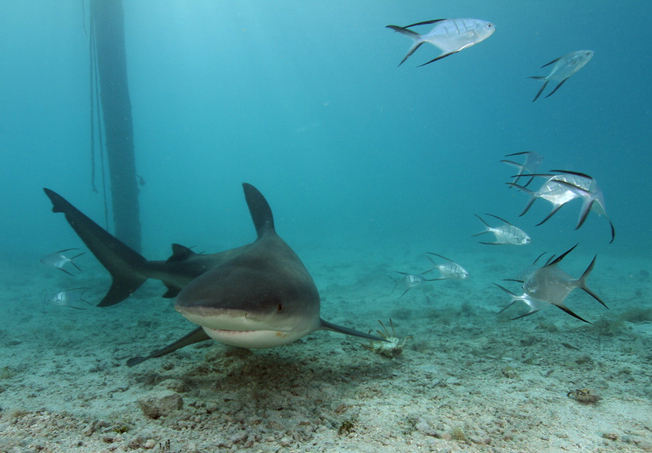
The bull shark (Carcharhinus leucas) is one of the most infamous sharks in the world’s oceans. They have evolved to hunt large prey in shallow coastal waters and, as a result, are thought to be responsible for more interactions with humans than any other species. Consequently, this species is commonly portrayed in the media as the archetypical ‘killer shark’; however, the reality is very different. Indeed, bull sharks regularly interact with divers without incident, and there are many places in the world (e.g. Mexico & Fiji) where shark dive operators regularly feed bull sharks for the tourist industry providing non-consumptive economic value for this species.
Despite its infamy and economic importance in some areas, the bull shark remains one of the least studied species of large shark in the greater Caribbean region. Basic information relating to its biology and ecology is lacking, making any form of management virtually impossible.
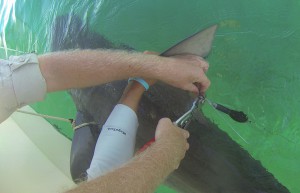 The Shark Research and Conservation Program at the Cape Eleuthera Institute, in collaboration with its partners Microwave Telemetry Inc. and The Cape Eleuthera Resort and Marina, recently completed the first phase of its bull shark satellite-tagging program. Five x-tags have been deployed on mature female bull sharks 246 – 291 cm (8.0 – 9.5 ft) in length which will log water temperature, depth every two minutes, and the approximate location of the animal every day. The x-tags are pre-programed to remain attached for 6 or 9 months and when they start to pop-up in August 2014; the data will be transmitted via satellite back to the research team.
The Shark Research and Conservation Program at the Cape Eleuthera Institute, in collaboration with its partners Microwave Telemetry Inc. and The Cape Eleuthera Resort and Marina, recently completed the first phase of its bull shark satellite-tagging program. Five x-tags have been deployed on mature female bull sharks 246 – 291 cm (8.0 – 9.5 ft) in length which will log water temperature, depth every two minutes, and the approximate location of the animal every day. The x-tags are pre-programed to remain attached for 6 or 9 months and when they start to pop-up in August 2014; the data will be transmitted via satellite back to the research team.
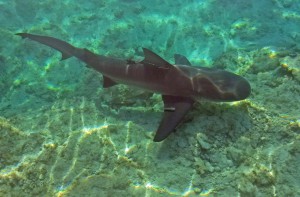 The bulls sharks encountered at Cape Eleuthera usually arrive in October-November when the water temperature starts to cool, and are commonly sighted in the marina until spring where they compete with the nurse sharks and snapper for fishermen’s discards. An interesting characteristic of this aggregation it is entirely composed of large mature females, the most important reproductive component of any population. A male has yet to be seen at Cape Eleuthera. Bull sharks pup in freshwater or estuarine areas, a habitat which is almost completely absent in The Bahamas and Turks and Caicos Islands, suggesting that these animals’ migrations will take them north to Florida, or perhaps south towards Cuba, Haiti or the Dominican Republic in search of a safe place to give birth to their pups. The data from these tags will help us to understand where this important demographic go when the leave Cape Eleuthera and hopefully help solve this mystery.
The bulls sharks encountered at Cape Eleuthera usually arrive in October-November when the water temperature starts to cool, and are commonly sighted in the marina until spring where they compete with the nurse sharks and snapper for fishermen’s discards. An interesting characteristic of this aggregation it is entirely composed of large mature females, the most important reproductive component of any population. A male has yet to be seen at Cape Eleuthera. Bull sharks pup in freshwater or estuarine areas, a habitat which is almost completely absent in The Bahamas and Turks and Caicos Islands, suggesting that these animals’ migrations will take them north to Florida, or perhaps south towards Cuba, Haiti or the Dominican Republic in search of a safe place to give birth to their pups. The data from these tags will help us to understand where this important demographic go when the leave Cape Eleuthera and hopefully help solve this mystery.
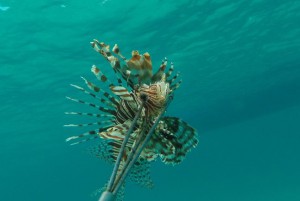
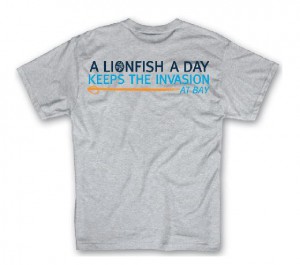
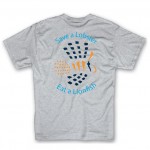
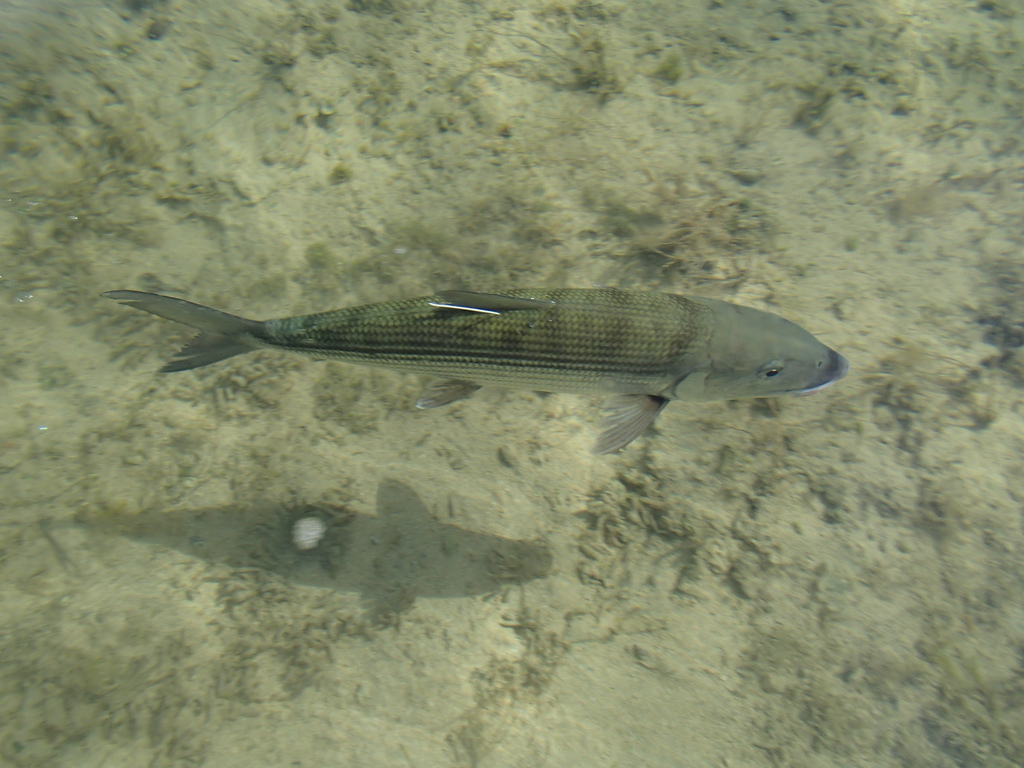 A team of scientists consisting of Aaron Shultz and Malcom Goodman from the Cape Eleuthera Institute, David Philipp and Julie Claussen from the Fisheries Conservation Foundation, Karen Murchie from College of the Bahamas (Freeport), and Greg Vincent and Jason Franklin of H2O
A team of scientists consisting of Aaron Shultz and Malcom Goodman from the Cape Eleuthera Institute, David Philipp and Julie Claussen from the Fisheries Conservation Foundation, Karen Murchie from College of the Bahamas (Freeport), and Greg Vincent and Jason Franklin of H2O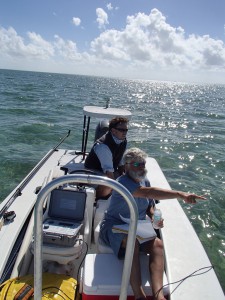 Bonefishing from Grand Bahama gathered in Freeport in January to track bonefish movements. This project began in October 2013, when 30 bonefish from around the island of Grand Bahama were captured and implanted with acoustic tags. Electronic receivers were then placed in strategic locations throughout the island and recorded if a tagged fish swam nearby. Fish were also located periodically using a manual receiver.
Bonefishing from Grand Bahama gathered in Freeport in January to track bonefish movements. This project began in October 2013, when 30 bonefish from around the island of Grand Bahama were captured and implanted with acoustic tags. Electronic receivers were then placed in strategic locations throughout the island and recorded if a tagged fish swam nearby. Fish were also located periodically using a manual receiver.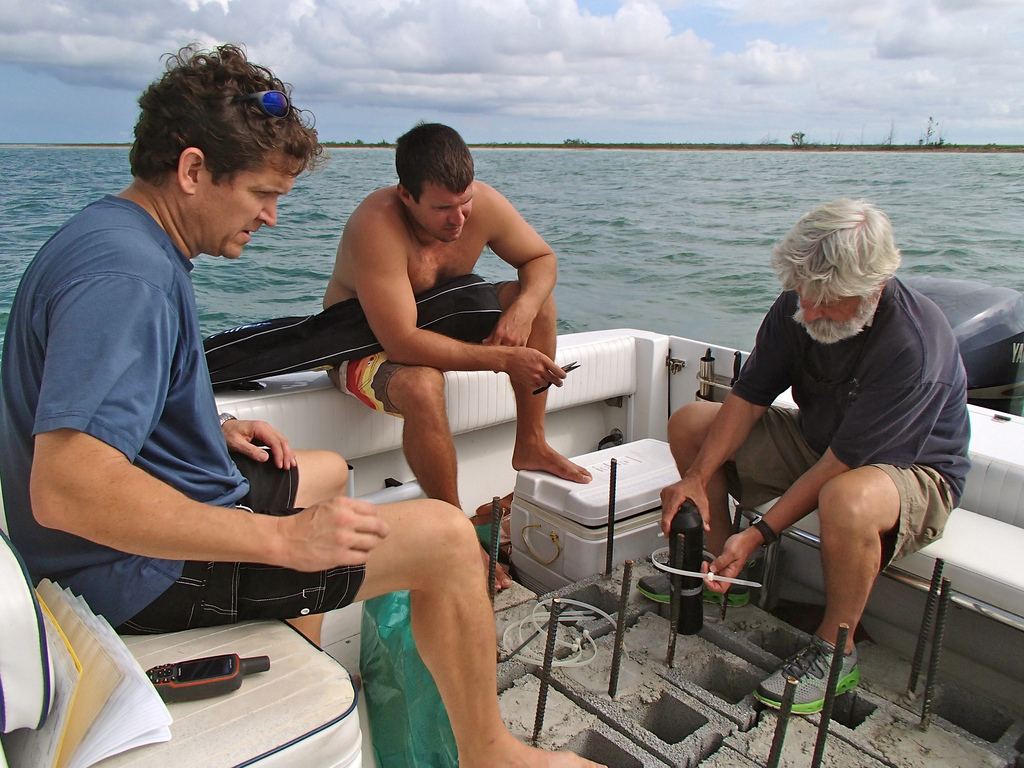
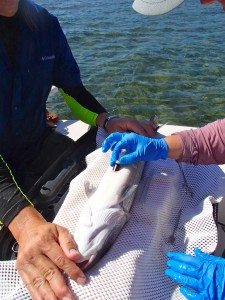 This early retrieval of data from the receivers was very encouraging, with several of the tagged fish being detected. Two fish with transmitters, likely travelling to spawning locations, were recorded
This early retrieval of data from the receivers was very encouraging, with several of the tagged fish being detected. Two fish with transmitters, likely travelling to spawning locations, were recorded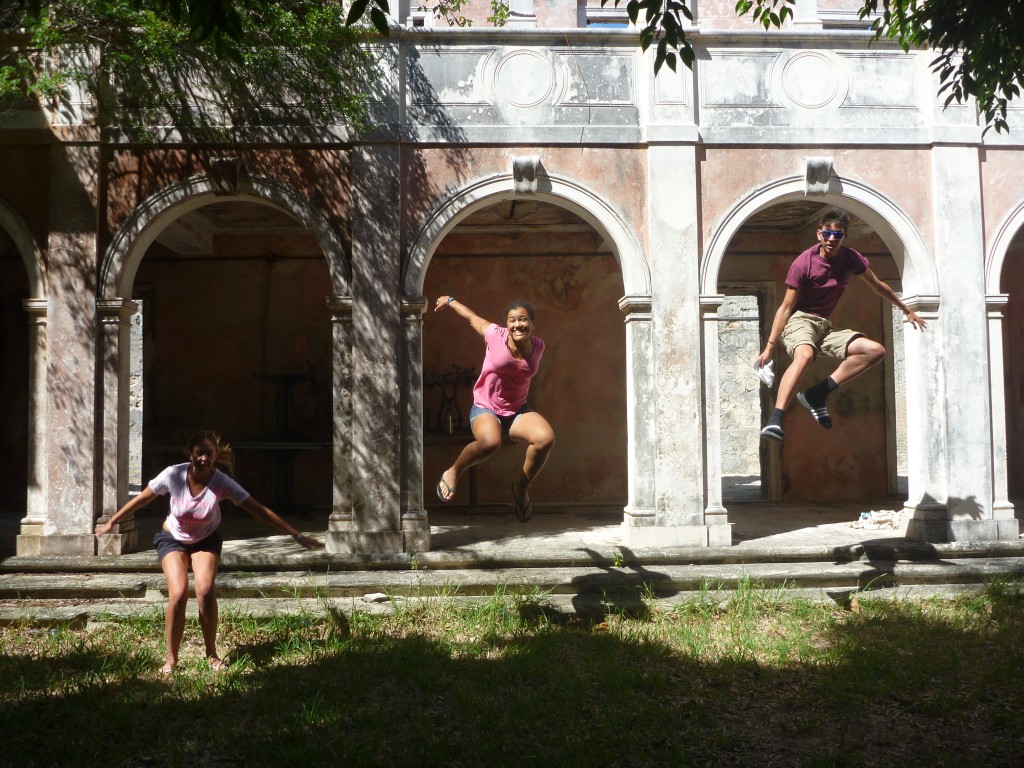
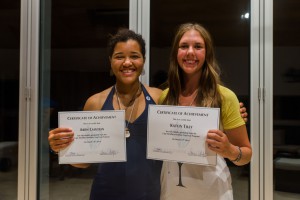 The students got to hang out with DCMS resource center every Tuesday and Thursday evenings. This consisted of them assisting students with their reading skills. Not only that though, the Gappers got to have meaningful conversations about their history, both personal and geographical that has impacted their experience tremendously, making them think differently about different aspects of life here in the Bahamas.
The students got to hang out with DCMS resource center every Tuesday and Thursday evenings. This consisted of them assisting students with their reading skills. Not only that though, the Gappers got to have meaningful conversations about their history, both personal and geographical that has impacted their experience tremendously, making them think differently about different aspects of life here in the Bahamas.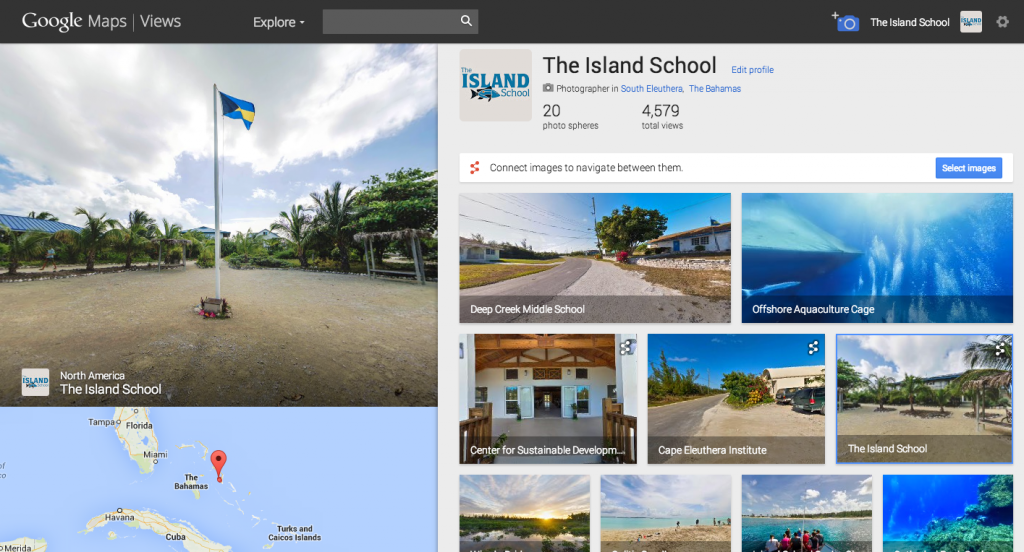
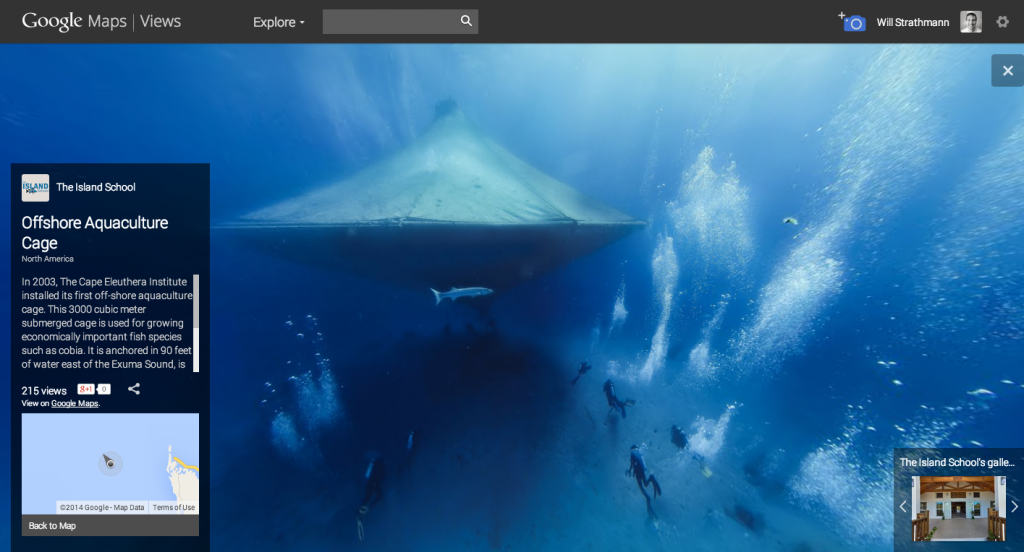
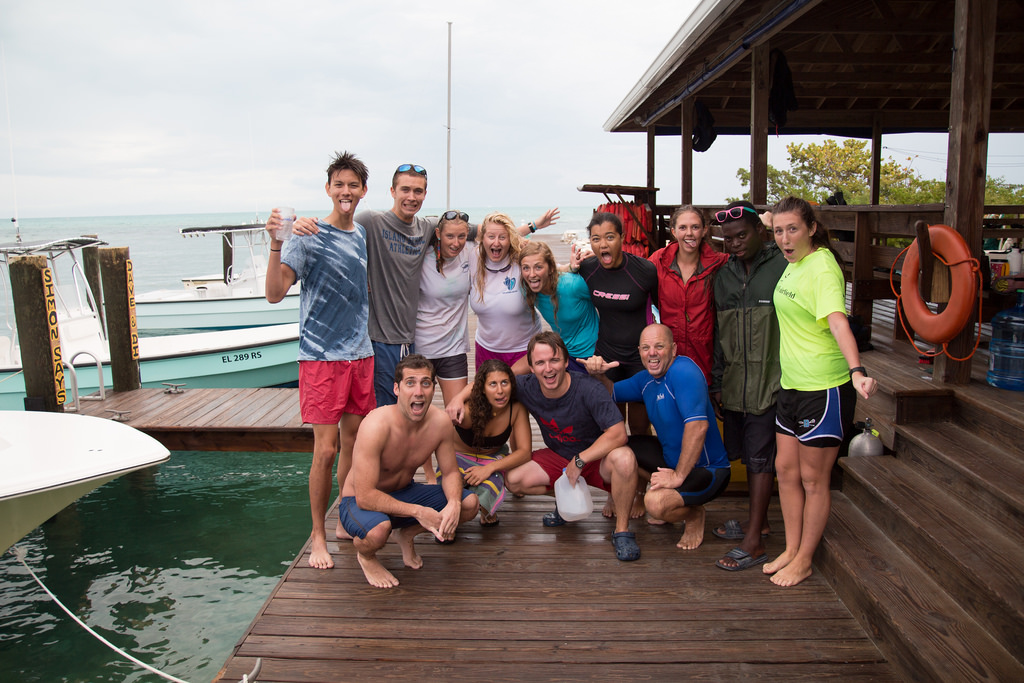
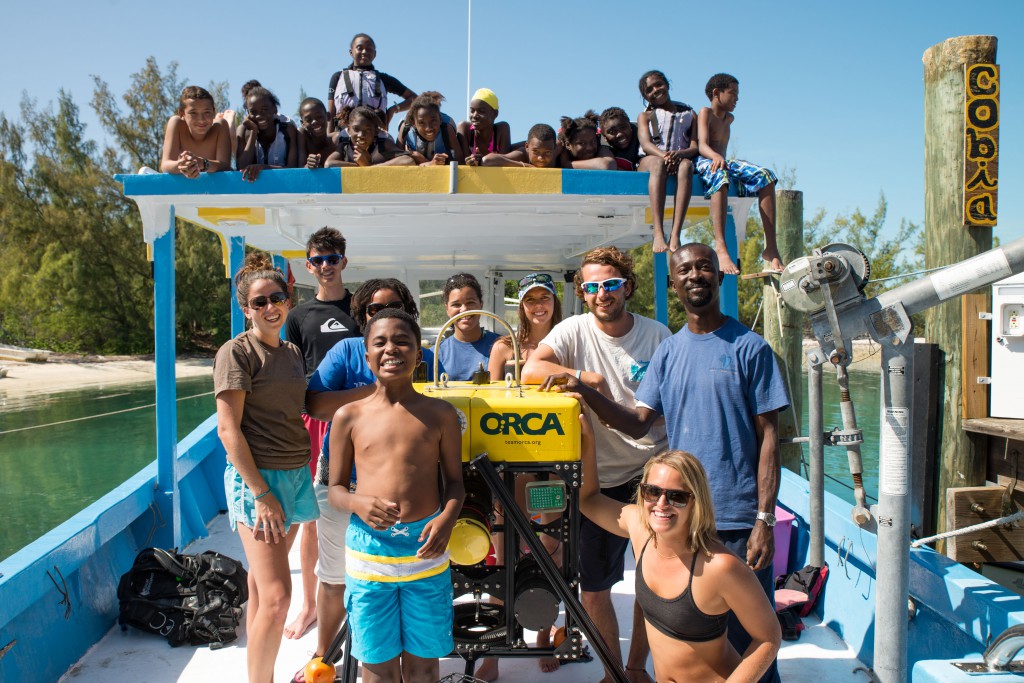







 An estimated 4,000 to 6,000 metric tons of sunscreen washes off swimmers annually. This can affect the ocean in many different ways. This semester the Flats Research Program at CEI is looking at how different types of sunscreen affect bonefish. Bonefish are a very important fish commercially in the Bahamas. There is a common theory in the angling world that certain chemicals, including sunscreen, can discourage fish from biting flies. The flats team would like to test if sunscreen affects bite choice of bonefish.
An estimated 4,000 to 6,000 metric tons of sunscreen washes off swimmers annually. This can affect the ocean in many different ways. This semester the Flats Research Program at CEI is looking at how different types of sunscreen affect bonefish. Bonefish are a very important fish commercially in the Bahamas. There is a common theory in the angling world that certain chemicals, including sunscreen, can discourage fish from biting flies. The flats team would like to test if sunscreen affects bite choice of bonefish.
 To further look at the effects sunscreen has on the bonefish catch and release industry, we are going to perform an experiment where we will exercise the bonefish for 3 minutes to simulate the exhaustion from angling, and then we will have sunscreen on our hands when handling bonefish, as anglers possibly would. We will keep the fish in holding tanks in the lab for at least two weeks to observe any lasting effects. We are hoping to share these results with Bonefish & Tarpon Trust and other journals, and encourage better catch and release practices.
To further look at the effects sunscreen has on the bonefish catch and release industry, we are going to perform an experiment where we will exercise the bonefish for 3 minutes to simulate the exhaustion from angling, and then we will have sunscreen on our hands when handling bonefish, as anglers possibly would. We will keep the fish in holding tanks in the lab for at least two weeks to observe any lasting effects. We are hoping to share these results with Bonefish & Tarpon Trust and other journals, and encourage better catch and release practices.